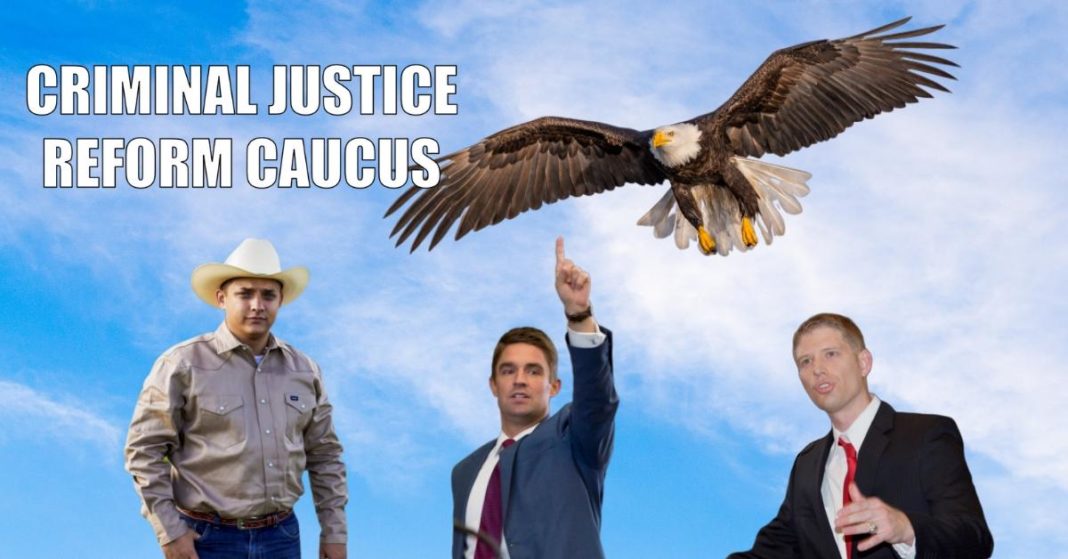By: Chris Black
During the 2019 86th legislative session, a bill was introduced to bring back the greatest sports rivalry in the state. Spoiler alert: It didn’t go anywhere.
House Bill 412, introduced by State Rep. Lyle Larson (R-San Antonio), mandated a non-conference football game between the University of Texas and Texas A&M University.
“There’s 118 years of history,” Larson said in a phone interview. “The student bodies overwhelmingly support it, and importantly, for the state of Texas and for the communities, there’s a huge financial benefit for having the game played in lieu of traveling out of state, playing a non-conference game out of state.”
The teams last squared off in 2011 before the Aggies jumped the Big-12 ship and steadfastly swam to the money-heavy Southeastern Conference.
And though many applaud the historical significance, rivalry-game experience for students and faculty or the state pride factor, the financial aspect — as Larson alluded to — seems to be what is most important. But should it be mandated by law?
Larson thinks yes.
“My point is if you have a non-conference game and UT (University of Texas) goes to Maryland the state of Texas collects no revenue,” Larson said. “If they go to College Station, we collect all of those revenue streams that flow into College Station and likewise when A&M travels to UT.”
The University of Texas athletic department generated $219 million in revenue in 2018, $144 million of that courtesy of the football program. Athletics contributed nearly $11 million to academics last year. All without the aid of the rivalry game.
“No University or student funds are utilized for athletics,” said John Bianco, University of Texas associate athletic director for communications in The Daily Texan. “We are a self-sustained athletic department and actually provide money back to the University.”
Beyond the schools are the state which funds them and the communities that provide support.
“Obviously, there are millions of dollars on an annual basis that flow into each of the respective communities…you’ve got sales tax, hotel-motel tax, you’ve got alcohol beverage tax,” Larson said. “There’s a whole litany of taxes that will be collected that will help the state. And then also the local governments, they have part of those same revenue streams.”
University of Michigan sports economist, Rodney Fort, doesn’t necessarily agree about a state windfall. He believes fan money spent on games is just redirected from use elsewhere in the state.
“Since all home games are in the state, no expected state-level impact,” he wrote via email. “Revenues for the teams might increase, and for the local economies, but no growth in activity occurs. So it’s a wash at the state level.”
Gov. Greg Abbott, Texas A&M chancellor John Sharp and the University of Texas have gotten behind the reimplementation of the historic rivalry, making it seem closer to reality than when the bill fell short.
“There’s been a lot of discussions internally. It could be announced in the next few months, so we’re looking at a 2022-2023 time frame if everything comes together,” Larson said.







